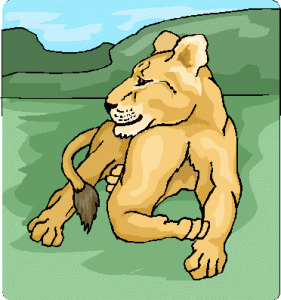HAIKU, POETRY AND MEDITATION
by David B. Axelrod
Haiku isn’t just a short poem, it is a way of looking at life. For so brief a form, it has a long and impressive history. If you get into the spirit of the haiku, you have learned a central principle for writing poetry, if not a philosophy which can enrich your life. The haiku–indeed many a poem–can, through it’s careful observation of detail, make the ordinary suddenly extraordinary.
As surely as haiku comes to us from a language and tradition quite distinctive and different from that of English, the definition or rules for writing haiku can vary. Imagine that early haiku was as much graphic art as written art. A haiku might consist of three artfully rendered pictographic Chinese characters. The combination of the three would be enough to create a successful haiku:
Frog
Pond
Splash
For a number of reasons, this page will encourage writers of haiku to begin with a slightly longer version. The rule of haiku here will be:
- three lines
- arranged by counting syllables, 5, 7, 5
- each line an image
- the last line the sum of the first two
Add to this, if you would, the notion that your first haikus should draw upon nature for the subject matter. The benefit in describing nature is not just in following the lead of the earliest haiku writers but in more likely finding landscapes, flora, fauna, worthy pictures to paint in words.
Here is a sample haiku by Basho (see link below) which has endured for hundreds years:
That brown leaf I saw
drifting back up toward its branch
was a butterfly.
A good haiku, in its simplicity and brevity, can offer a wonderfully revealing perspective. Indeed, the way haiku works has been likened to the logic of a syllogism and even to the technique of telling a joke with its set up and punch line. Perhaps one of the best interdisciplinary discussions of the haiku came in Serge Eisenstein’s Film Form and Film Sense. He used haiku to teach techniques for editing films. By placing images side by side in a montage, motion and meaning can be created beyond that in any one of the images. Victor Grauer, in his discussion “Montage, Realism and the Act of Vision, ” explains:
The nature of montage as Eisenstein ultimately viewed it: the shot itself is neutral until it “collides” with another shot, an event that gives rise to an active idea. It is the play of ideas rather than the simple juxtaposition of shots that is the true essence of montage. A picture of a bowl of soup is followed by a picture of a man’s face and the concept “hunger” arises. Through careful selection and relation of shots a series of very specific ideas can be made to arise in this way in the mind of the viewer — as though the shots were words. http://www.worldzone.net/arts/doktorgee/MontageBook/MontageBook-part1.html
Study these three still images, side by side:
When the eye views these three pictures, a story is created, motion takes place in the mind. The images work as a montage. In the same way, the three pictures presented in successive lines of a haiku are able to create a story. Each picture is a separate and distinct view but together something new has been created.
A good haiku has that transforming quality. Each part is of interest, but its sum is extraordinary. A haiku must present the exact words which will render the pictures clearly. There are so few syllables that wasting even one will be a great loss to the poem overall. Then there is the challenge of placing the images in just the right sequence, so that the joy of haiku is in that little “click” at the end. Your reader should give a little gasp! Can you make that happen?
Haiku links:
An essay defining haiku: http://en.wikipedia.org/wiki/Haiku
A link to Haiku links (also good for teachers)! http://www.gardendigest.com/poetry/haiku4.htm
More about Basho: http://www.big.or.jp/~loupe/links/ehisto/ebasho.shtml



